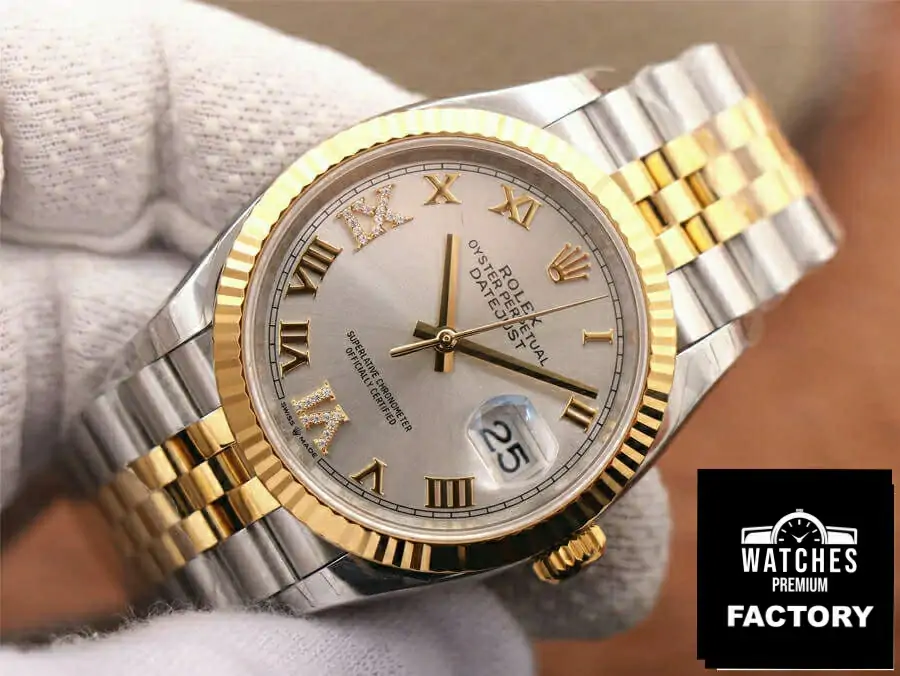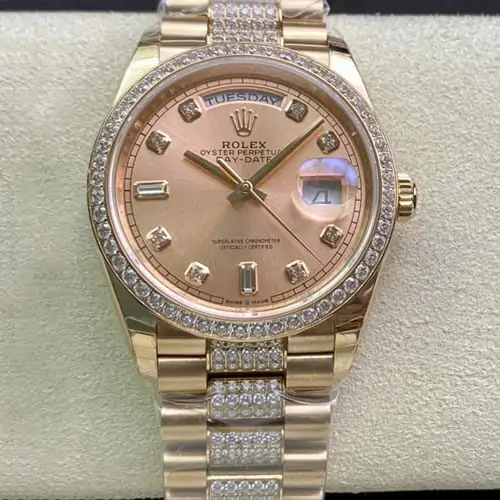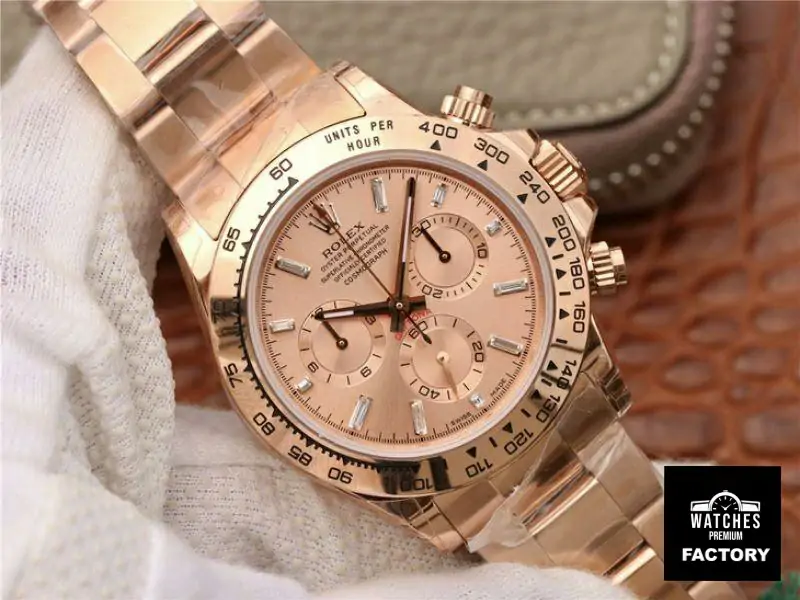Will the Future Rolex Manufacture Solve Your “Pepsi” Problems?
Rolex’s production capabilities are set to expand significantly with the upcoming manufacturing facility in Bulle, Switzerland. Last year, the brand produced 1.24 million watches, generating CHF 10.1 billion in sales, yet the demand for sought-after models like the “Pepsi” Rolex GMT-Master II remains unquenched. The new facility, announced in 2022 and set to open in 2029, aims to alleviate these shortages, but will it really satisfy your cravings for that iconic watch?

A New Manufacturing Facility on the Horizon
Rolex has acquired a substantial 104,686 square meters of land in Fribourg to construct this fifth manufacturing facility. The project, which cost CHF 31 million, will provide jobs for around 2,000 people, contributing to local economic growth. Designed with sustainability in mind, the new complex will aim for the highest BREEAM certification, which focuses on energy efficiency and environmental impact. Rolex plans to reduce energy consumption by 10% compared to a standard facility, making this a significant step towards greener manufacturing.

While the Bulle facility won’t be operational until 2029, Rolex is not sitting idle in the meantime. They’ve set up temporary production facilities in Romont and Villaz-Saint-Pierre, where 250-300 employees are currently working. Once the Bulle site opens, these employees will transition to the new complex, bringing the total workforce to approximately 11,000 in Switzerland.
Addressing Supply and Demand Imbalances
The crucial question is whether the new manufacture will balance supply and demand for Rolex watches. Even with increased production, achieving equilibrium is challenging. The watch market thrives on scarcity, and replica Rolex is well-versed in the art of maintaining demand through limited availability.
While the new facility might enable Rolex to increase production to around 2 million watches annually by 2030, it’s likely that demand will continue to outstrip supply, especially for popular models like the steel Daytona chronographs and the GMT-Master II. Rolex’s strategy seems to lean towards preserving a sense of exclusivity – FOMO (fear of missing out) is a powerful marketing tool, and the brand knows how to wield it effectively.
A Future of Balanced Supply?
As we look ahead to 2030, the impact of clone Rolex’s new manufacture in Bulle on the watch market remains to be seen. While the potential for increased production exists, the brand’s commitment to maintaining desirability through controlled availability suggests that some level of scarcity will continue.
Watch enthusiasts may need to be patient, as the Bulle facility promises to change the landscape of Rolex’s production but won’t immediately satisfy all demands. The allure of the “Pepsi” GMT-Master II and other coveted models may linger, but Rolex seems poised to navigate the complexities of demand and supply in the luxury watch market expertly.
Read